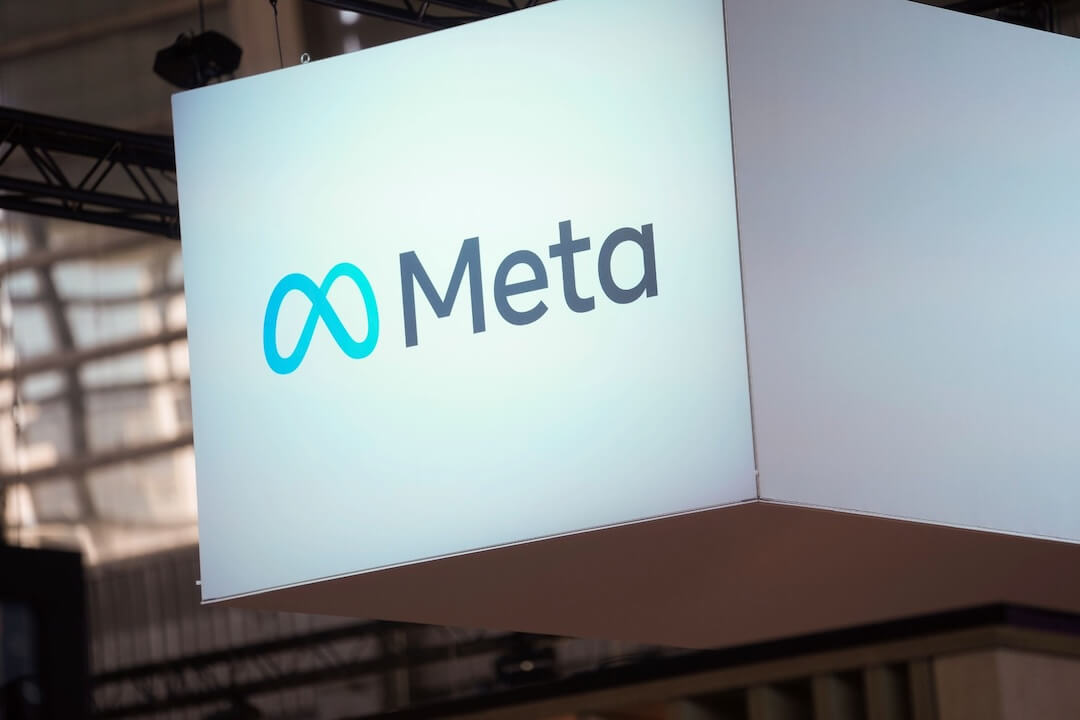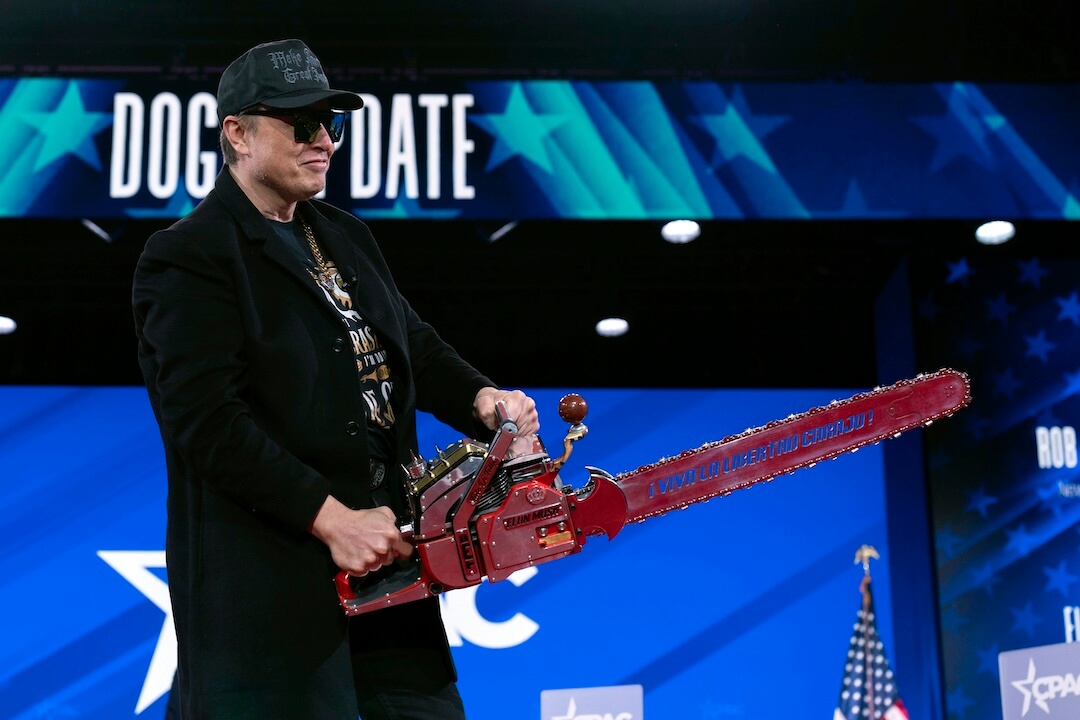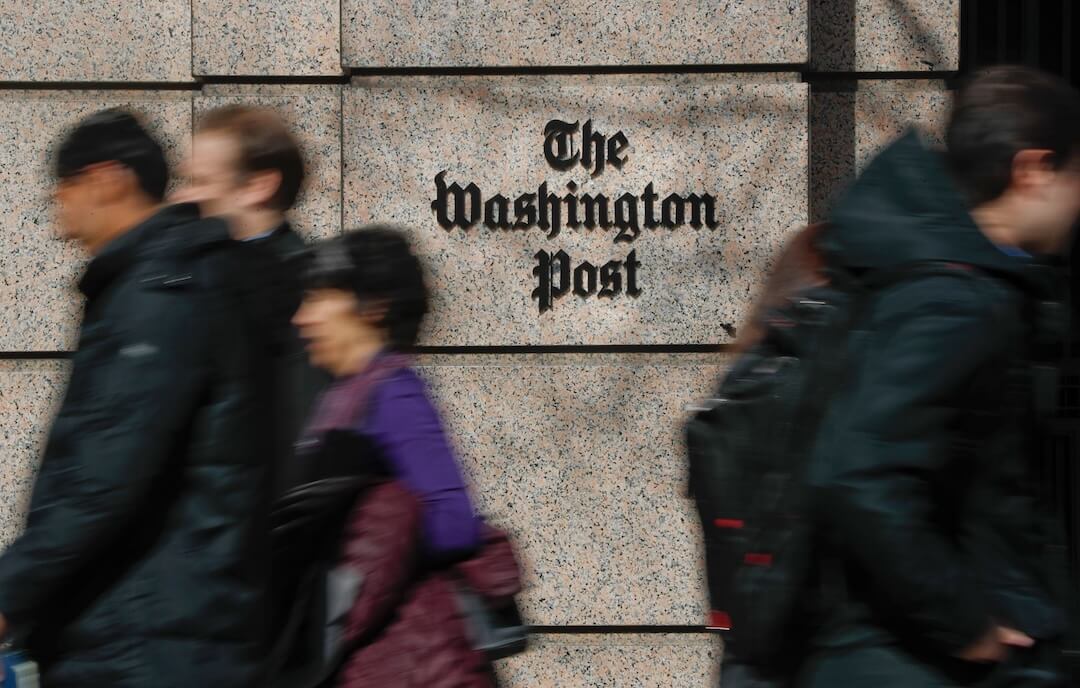Starting today, staff at the South Florida Sun Sentinel will have to think differently about how they report, write and present the news — and differently means digitally.
As of Tuesday, everyone but a designated team will focus solely on reporting and producing news online. A separate print production desk will then choose from what has been produced each day to create the next day’s printed newspaper.
“Realistically, it’s a change for a lot of journalists who are traditional newspaper journalists, who’ve made tremendous strides at being more multimedia journalists than they ever were, but still love the daily newspaper and love the cycle,” said David Schutz, design director, in a phone interview.
That cycle is changing now, he said, and “I think it’s a big mental change for a lot of people, especially more senior journalists, including me.”
It’s also a natural progression from a change made three years ago, when the Sentinel gave the print section editors responsibility of their sections online and merged the digital team with the newsroom.
“This is not a paradigm shift,” said Doug Phillips, assistant metro editor, in a phone interview. “I think this is a logical step in the evolution that we’ve undergone in the last few years.”
The old digital
Three years ago, the Sun Sentinel was set up “pretty much in the way that I think most newsrooms today are still set up,” said associate editor Anne Vasquez in a phone interview.
Digital production was a separate operation. Reporters wrote stories, editors edited, got them ready for the newspaper and sent them to the online folks.
“The problem with that is digital is what our future is,” Vasquez said, and digital needs to be intimately tied to the creation of content, “not just the receptacle. It needs to be there at the beginning.”
With the change, there was no longer a digital side, and editors had to learn the digital skills to use the content management system, update the homepage, send text alerts, and update social media, along with a lot of other skills. It just made sense, Vasquez said.
“We wanted them to own it. We wanted everyone to own digital,” she said.
Now, the majority of people in the newsroom understand how to work in a digital space, she said, but in the last three years, that digitally savvy team became even more focused on print.
It sounds contrary, Vasquez said, but the editors that were then also in charge of digital were still in charge of print, too. And the two platforms require a different conversation.
“What I think we need to do is separate that conversation from the content creation because if you have good content, quality content, then the print production desk has a menu of many stories to pick and choose from and publish in the printed paper.”
The new digital
Like many newspapers today, the Sun Sentinel already uses a digital approach with breaking news, getting in early and writing as the story develops. With “The New Digital,” as the shift is called, that’s now true for the rest of the newsroom.
“I really envision us operating more like a wire service,” said Dana Banker, metro editor, in a phone interview, with “much more aggressive updating stories throughout the day.”
Even with digital skills, they’ve orbited around print, Vasquez said. Until now.
“One of those key pieces is changing how we think, changing how we talk, changing how we come up with stories, and for reporters, changing how they write.”
The “new digital” means “write as you go and write what you know,” for nearly every story Vasquez said.
They’re not looking to sacrifice quality or ethics, she said, but to update as the story develops in a transparent way. Banker hopes, too, that not worrying about print will free people up to ask about the best way to present a story — maybe it’s a photo gallery, a video or text.
There’s still a newspaper and it’s crucial, Vasquez said. There are no plans to cut the daily paper, or cut back on it.
“Quality has to stay as good, if not better,” she said. “If it doesn’t, then this digital initiative is a failure. You can’t do one at the expense of the other, and I don’t think you have to.”
And the biggest change may not even be what’s online or in print, but how the people making those things think about it.
“It’s our language, how we talk,” Vasquez said. For instance, “‘That was a great paper today’ or ‘Write that story for 1A.'”
The biggest challenge, everyone agreed, will be people’s ability to forget the thing they’ve spent so long focusing on.
“I think for some people that have been married to that for a long time, I think it’s going to be a change,” Phillips said.
It’s about how to plan around a space that doesn’t get printed early each morning, but exists all the time.
“Workflow isn’t sexy,” Vasquez said, “but this is going to be a pretty big shift for our newsroom.”










Comments